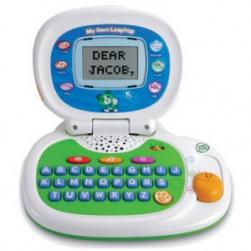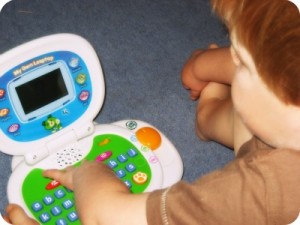I'm very fortunate to be a Leapfrog Blogger Panel member this year, which means not only do we get sent new products to review every so often, but that they were more than happy to help celebrate three years of TheBoyandMe by donating some prizes for a giveaway.
This bundle worth nearly £60.00 consists of:
- a Read With Me Scout or Violet (winner chooses either one) RRP £29.99
- a Creativity Camera (for use with iPhone or iPod Touch) RRP £14.99
- a Learn To Write With Mr. Pencil (for use with iPads, iPhones or iPods) RRP £14.99

To be in with a chance of winning this prize bundle, fill in the Rafflecopter form below.
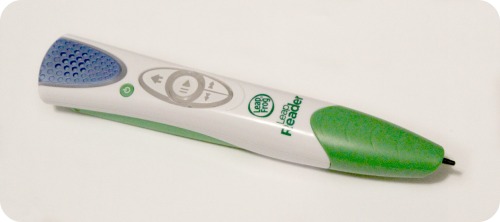
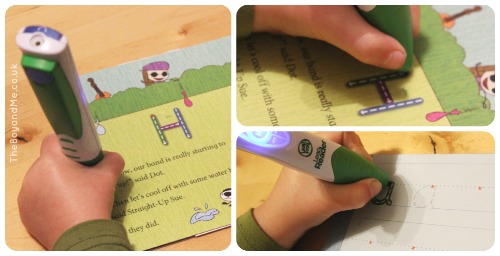
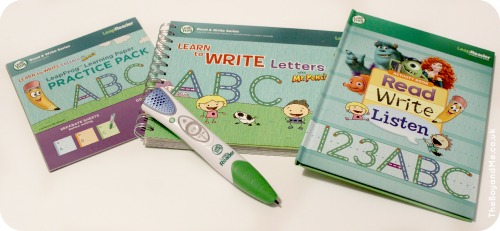
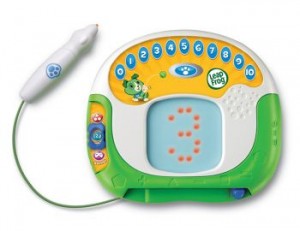 The LeapFrog Count & Draw is a handheld console designed to encourage mathematical skills. Through tracing over the blinking red light with the 'pen' (attached and stores in a hole on the back), children can develop their ability to correctly draw shapes and form numbers. Scout is one of the guides, as always, along with a friendly, male British voice. Both Scout and the narrator are encouraging in their interaction with the child, praising when the child has finished the shape or number and has pressed the paw button to signal they've finished.
The LeapFrog Count & Draw is a handheld console designed to encourage mathematical skills. Through tracing over the blinking red light with the 'pen' (attached and stores in a hole on the back), children can develop their ability to correctly draw shapes and form numbers. Scout is one of the guides, as always, along with a friendly, male British voice. Both Scout and the narrator are encouraging in their interaction with the child, praising when the child has finished the shape or number and has pressed the paw button to signal they've finished.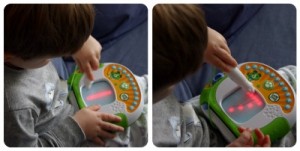


 We were provided with the Tag Junior reading system and software titles free of charge as a part of the Toys R Us review programme. My opinion is, as always, honest as both a parent and a teacher.
We were provided with the Tag Junior reading system and software titles free of charge as a part of the Toys R Us review programme. My opinion is, as always, honest as both a parent and a teacher.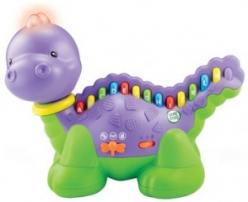
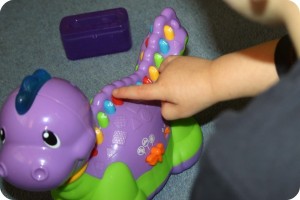

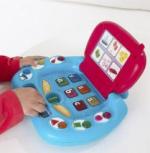 Last Christmas I bought The Boy a little 'laptop' from Early Learning Centre. At the time he wasn't really interested in it and it took him a few months to start playing with it. I think part of the problem was that it didn't look enough like mine (because he still kept trying to jab my keys mid blog-post!) and that really it had a handful of buttons that had limited functionality. I bought it on an impulse a few days before Christmas day and wish I'd thought it through.
Last Christmas I bought The Boy a little 'laptop' from Early Learning Centre. At the time he wasn't really interested in it and it took him a few months to start playing with it. I think part of the problem was that it didn't look enough like mine (because he still kept trying to jab my keys mid blog-post!) and that really it had a handful of buttons that had limited functionality. I bought it on an impulse a few days before Christmas day and wish I'd thought it through.